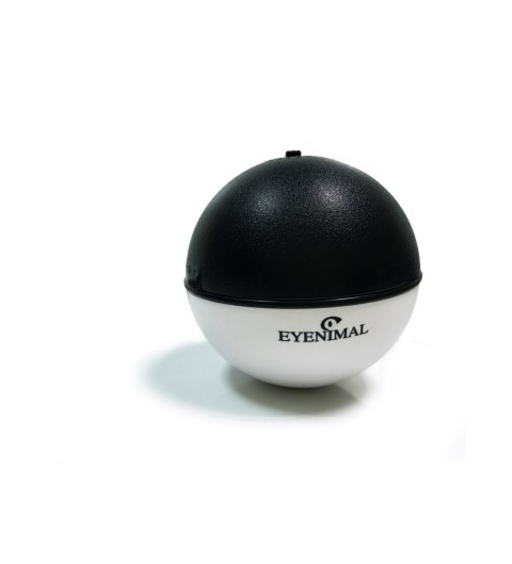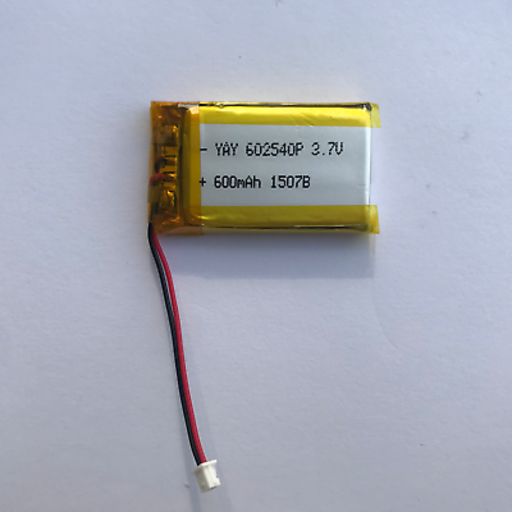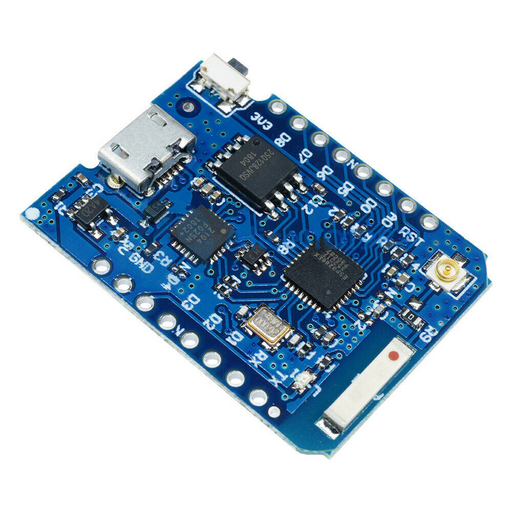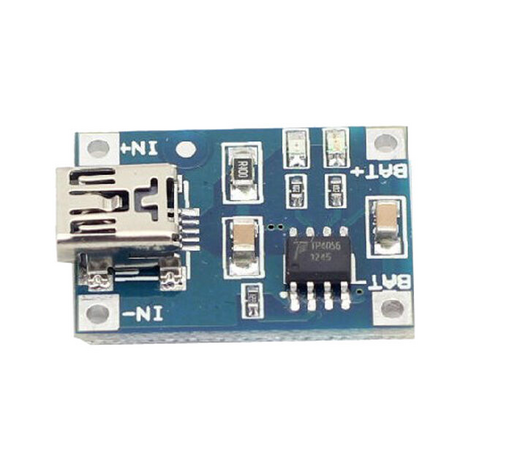Table of Contents
About
The Rolling Ball created by EYENIMAL is a toy for pets that moves around randomly and is meant to be chased. The insides show a simple de-centered motor driven by a single AA battery that makes the ball spin and roll around by throwing around its own weight. Even though EYENIMAL advertises the ball as being able to change direction in front of other objects, the rolling ball does not have any special mechanism in place to do that.
Essentially, the ball will end up colliding with objects and eventually randomly spin around and perhaps roll in a different direction. Nevertheless, the inside of the sphere is large enough to host a WeMoS D1 Mini with a LiPo battery that would allow switching the roll ball on or off.
Effectiveness and Potential Non-Technical Modifications
The device is simple, effective and definitely catches the attention of any pet. Young dogs and cats require a lot of attention and will be perfectly happy to eat, sleep and play all the time which can be overbearing for an owner. The rolling ball seems to catch a pet's attention at the very least.
However, there seem to be a few "aesthetic" or perhaps "psychological" issues with the device. One of the characteristics is that the rolling ball is just black and white and seems a little boring even if it is not. Painting the ball or replacing the hemispheres with more colorful or "sparkly" counterparts might prove more effective. One simple solution perhaps is to wrap up the ball in aluminum foil to make the ball more "interesting". Another would perhaps be to roll the ball in some adhesive and put glitter allover it.
Another problem, yet inherent of the sturdy design, is that the plastic shell is "hard to grip" - even by clawing or scratching. Perhaps a solution is to wrap the ball in some woolen pattern design (like old socks) since it would provide more grip and would perhaps give the pet the satisfaction of properly digging its claws inside it.
Requirements
The following components have been used for this project:
- LiPo battery at
 - the larger the battery, the better but a battery too large may not fit inside the rolling ball; the measurements of the chosen LiPo battery are
- the larger the battery, the better but a battery too large may not fit inside the rolling ball; the measurements of the chosen LiPo battery are  and the battery is rated at
and the battery is rated at  .
.
- Reed relay R1 series - the R1 series reed relay from Rayex Electronics is a relay with a nominal coil voltage of
 , however, looking at the datasheet it seems that the minimum drop out voltage for the relay is
, however, looking at the datasheet it seems that the minimum drop out voltage for the relay is  and the maximum pick up voltage is
and the maximum pick up voltage is  with the GPIO voltage from a WeMoS or a Raspberry Pi falling within the range which means that the relay should be easily driven using a GPIO pin. Previously, other Wizardry and Steamworks projects used a transistor switch but the amperage allowed across the transistor junction is insufficient to drive a motor even through the voltage does pass through flawlessly. In any case, the R1 reed relay is small enough and comparable in size to a homebrew transistor switch (even smaller given factory automated components).
with the GPIO voltage from a WeMoS or a Raspberry Pi falling within the range which means that the relay should be easily driven using a GPIO pin. Previously, other Wizardry and Steamworks projects used a transistor switch but the amperage allowed across the transistor junction is insufficient to drive a motor even through the voltage does pass through flawlessly. In any case, the R1 reed relay is small enough and comparable in size to a homebrew transistor switch (even smaller given factory automated components).
- WeMoS D1 Mini (Pro) - the WeMoS D1 Mini Pro is a fair choice although an ESP32 would be even better due to BLE and low-power consumption. Unfortunately, maintaining a Wifi connection drains the battery much faster compared to BLE that is designed to only turn on whenever there is data to be transmitted.
- USB LiPo battery charging shim - not really necessary if the battery can be swapped out, but such boards are low-cost and very small such that the board can be inserted into the rolling ball easily. The board contains a mini-USB port for charging and can be used to charge the LiPo battery that powers the WeMoS.
Block Diagram
Compared to other projects, the WeMoS is powered via its  input pin rather than the
input pin rather than the  input pin. The R1 relay will act in parallel to the mechanical switch of the rolling ball providing just an alternate way to switch on the device.
input pin. The R1 relay will act in parallel to the mechanical switch of the rolling ball providing just an alternate way to switch on the device.
+-----------+
| 3.3V LiPo |
+--+-----+--+
| |
| |
+-------------+-+ |
| WeMoS D1 Mini | |
+-+-----------+-+ |
| GPIO | GND |
| +-----+
| |
+-+-----------+-+
| R1 Relay |
+-----+----+----+ +--------------+
| | | Rolling Ball |
| | | AA Battery |
| | | |
+-------------------------+ GND |
| +--------------------+ +1.5V |
| | | |
+-----+----+----+ +--------------+
| Rolling Ball |
| Switch |
+---------------+
Bringing it Together
The electronics are fastened to the axle in the middle with some 3M double-sided strong sticky tape. Alternatively, the various components could be glued using hot glue or, perhaps permanently, using some epoxy adhesive. Naturally, the problem is making sure that the sphere closes up properly and on various tries, the top hemisphere ended up blocking the motor mechanism - the issue was found to be the rolling ball switch that has the wiring very tightly packed.
The WeMoS was programmed using a boilerplate pin toggling template thereby exposing the GPIO pins via MQTT.
Node-Red Automation
The Node-Red automation is straight-forward:
- the flow declares an Alexa device "Rolling Ball" (pictured in blue),
- uses the "Humanize" node to set the device id to a more manageable name rather than an ID,
- the "Configure" node contains the code that sets the proper parameters expected by the boilerplate pin toggling template,
- the "json" node coverts the
msg.payloadkey to JSON and finally, - the data is sent to MQTT waiting to be picked up by the WeMoS inside the rolling ball
Further Developments
The WeMoS D1 Mini could be replaced with an ESP32 and messages could be sent over BLE thereby increasing the battery life. The ESP32 seems to be suitably small in order to fit inside the roller ball and can also be powered by a  source.
source.
One of the current caveats of this solution is that the ball must be opened and an USB cable connected to the charger inside in order to charge up the LiPo battery. In case manual control is not needed, then the locking switch could be removed altogether and a simple  power jack fitted inside the hole at the top with leads drawn to the LiPo charger such that charging the battery would become a matter of lifting up the ball, connecting the power jack to the ball and the other end to an USB port.
power jack fitted inside the hole at the top with leads drawn to the LiPo charger such that charging the battery would become a matter of lifting up the ball, connecting the power jack to the ball and the other end to an USB port.
Perhaps a more complicated solution that would offer even more convenience would be to split the top hemisphere in two and then replace each half-hemisphere with some conductive material. A corresponding holding hole could then be designed such that the rolling ball could just simply be placed inside in order to charge.








